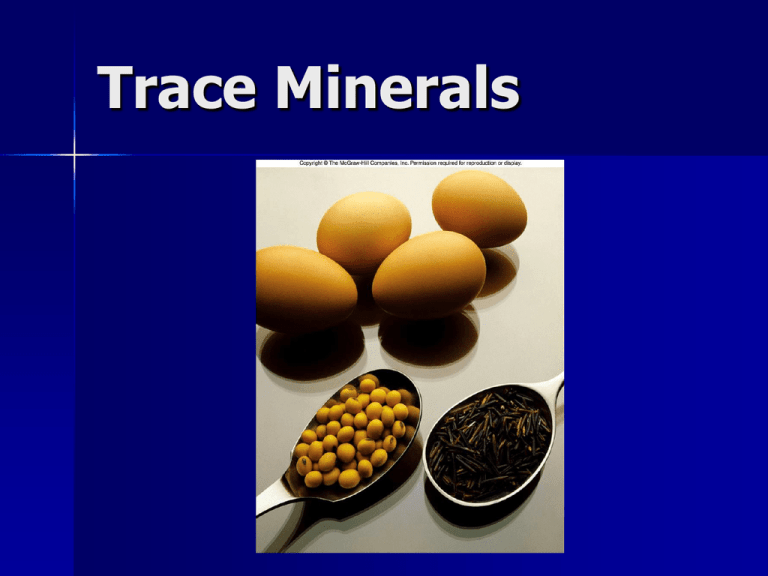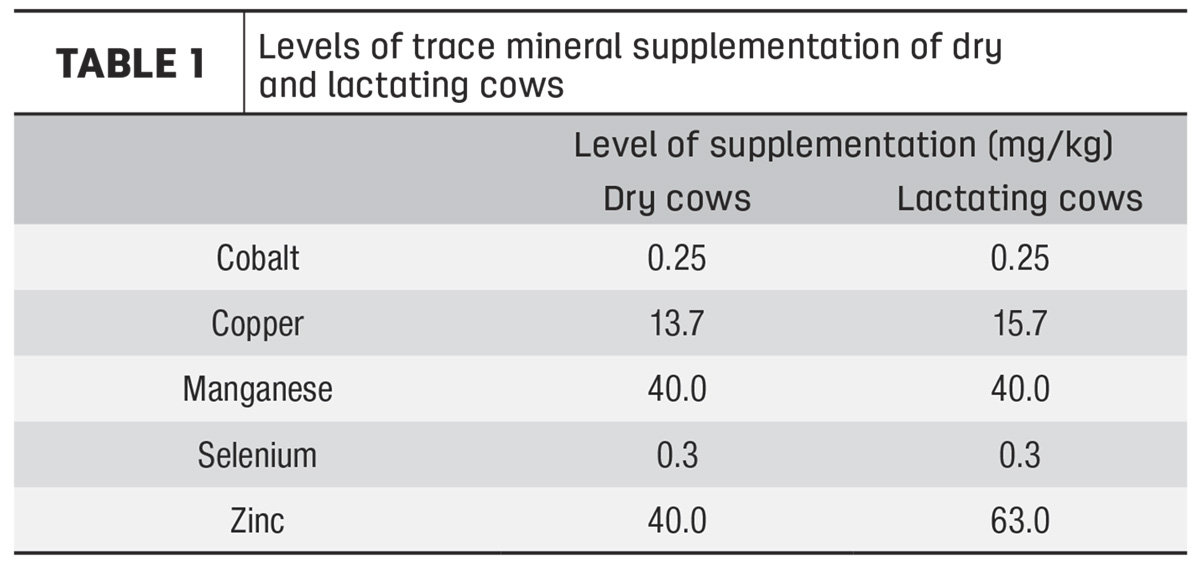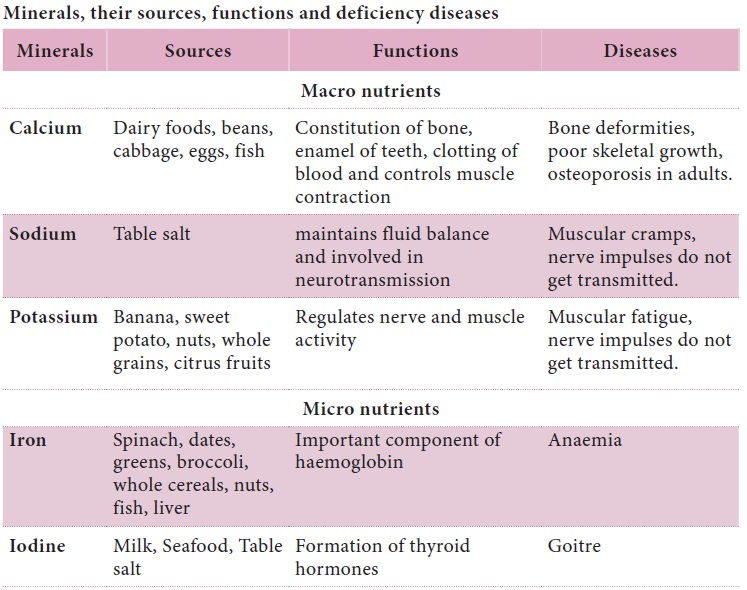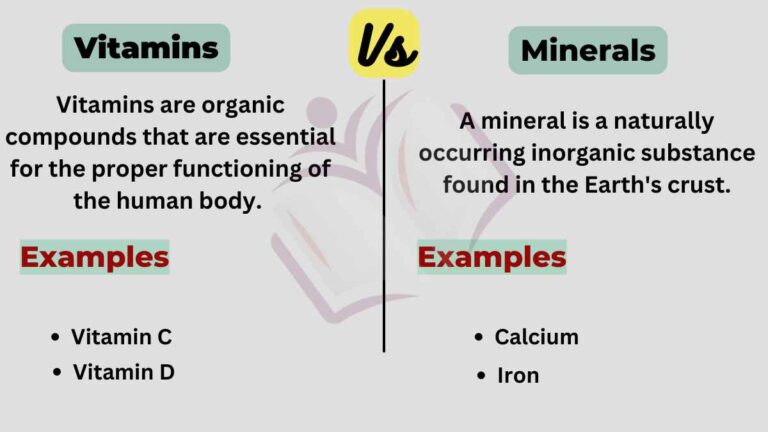Which Of The Following Is Not A Trace Mineral

A widespread online quiz question is causing confusion: "Which of the following is NOT a trace mineral?" The incorrect answers are impacting users' understanding of essential nutrients.
This article breaks down the facts, identifying the non-trace mineral option and clarifying the role of crucial elements in human health. This information is vital for maintaining a balanced diet and understanding nutritional guidelines.
The Question at Hand
The question typically presents a list of minerals, including both trace minerals and one mineral that belongs to a different category, often a macromineral.
A common formulation is: "Which of the following is NOT a trace mineral: Iron, Zinc, Copper, Calcium?" The correct answer, in this case, is Calcium.
Trace Minerals Defined
Trace minerals, also known as microminerals, are essential nutrients required in small amounts for various physiological functions. Iron, Zinc, and Copper are all well-established trace minerals.
These minerals play critical roles in enzyme activity, hormone production, and immune function. Deficiencies can lead to serious health problems.
Calcium: A Macromineral
Calcium, on the other hand, is a macromineral. Macrominerals are required in larger quantities (greater than 100 milligrams per day) than trace minerals.
Calcium is essential for bone health, muscle function, nerve transmission, and blood clotting. The body needs significantly more calcium than trace minerals.
Why This Matters
Misinformation about essential nutrients can lead to poor dietary choices. Understanding the difference between macro- and trace minerals is crucial for making informed decisions about food and supplementation.
Individuals relying on inaccurate information from online quizzes may unknowingly be neglecting essential nutrients in their diets. This could result in nutritional deficiencies over time.
Expert Insights
“It is imperative that consumers understand the different categories of minerals and their respective roles in human health," stated Dr. Emily Carter, a registered dietitian. "Confusing a trace mineral with a macromineral can have implications for dietary planning.”
Dr. Carter emphasized the importance of consulting with healthcare professionals or registered dietitians for personalized dietary advice.
Confirmed Facts: Trace vs. Macro
Trace Minerals (Microminerals): Iron, Zinc, Copper, Iodine, Selenium, Manganese, Fluoride, Chromium, Molybdenum.
Macrominerals: Calcium, Phosphorus, Magnesium, Sodium, Potassium, Chloride, Sulfur.
Addressing the Confusion
Efforts are underway to correct inaccurate information circulating online. Nutrition education initiatives are being promoted to improve public understanding of essential nutrients.
Fact-checking websites are also actively addressing the spread of misinformation related to mineral nutrition. Consumers are encouraged to verify information from multiple credible sources.
“We are working to combat the spread of misinformation and provide accurate, evidence-based information on essential nutrients,” said a spokesperson for the Academy of Nutrition and Dietetics.
Moving Forward
The focus now shifts to educating the public about the distinction between macro- and trace minerals. This includes promoting reliable sources of information and encouraging critical evaluation of online content.
Consumers are urged to consult with healthcare professionals or registered dietitians for personalized dietary advice and to address any concerns about nutritional deficiencies. Prioritize credible resources for nutrition information.
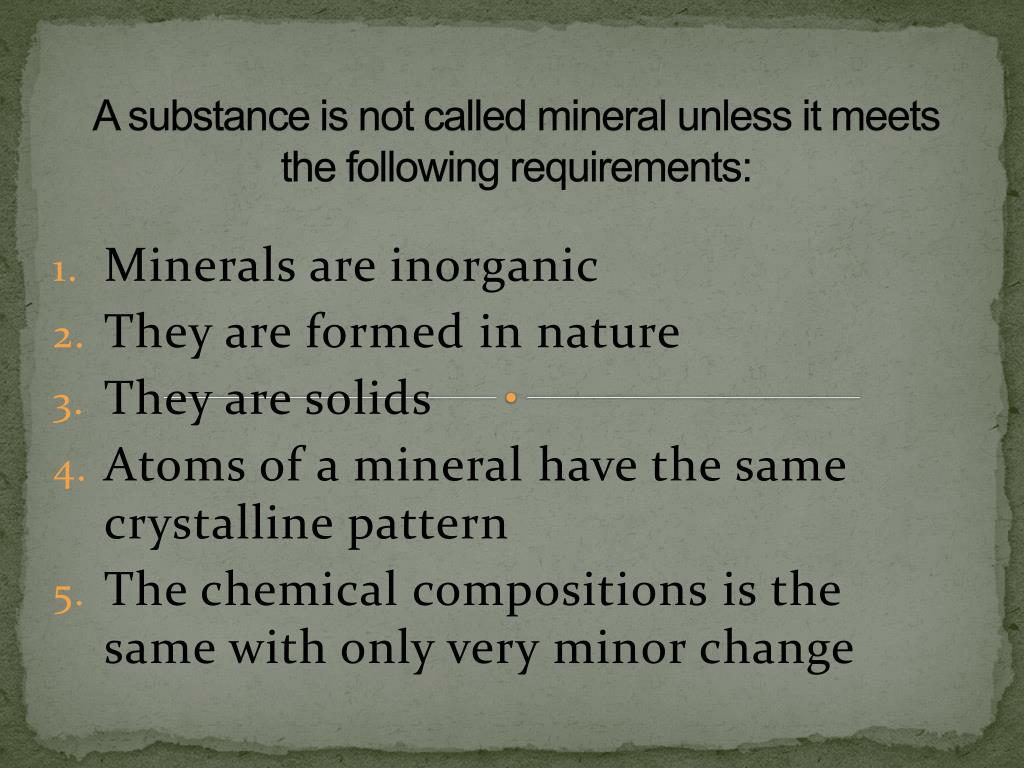

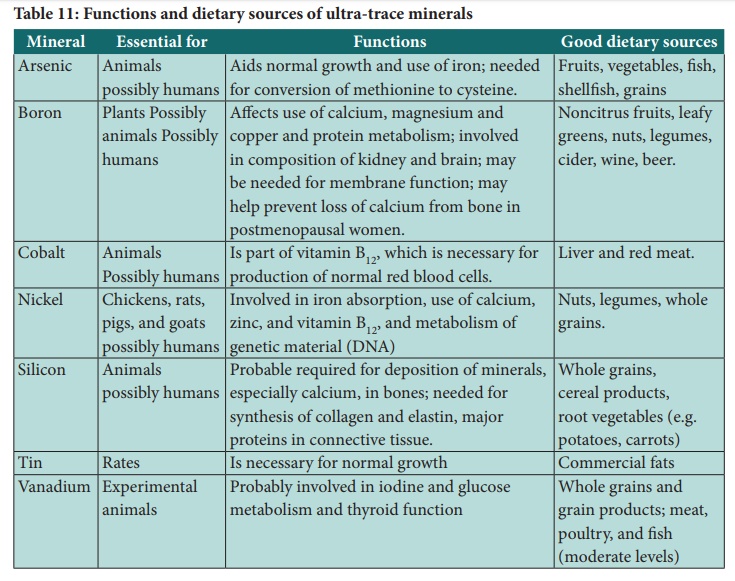

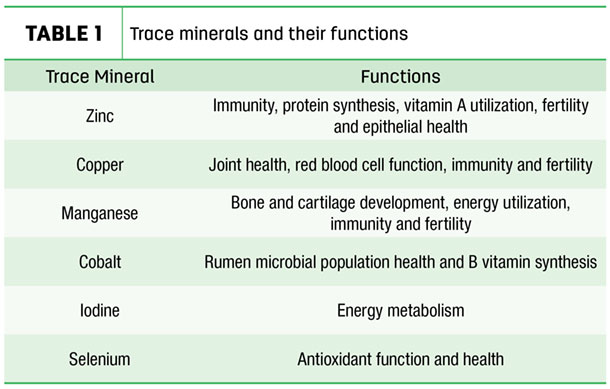
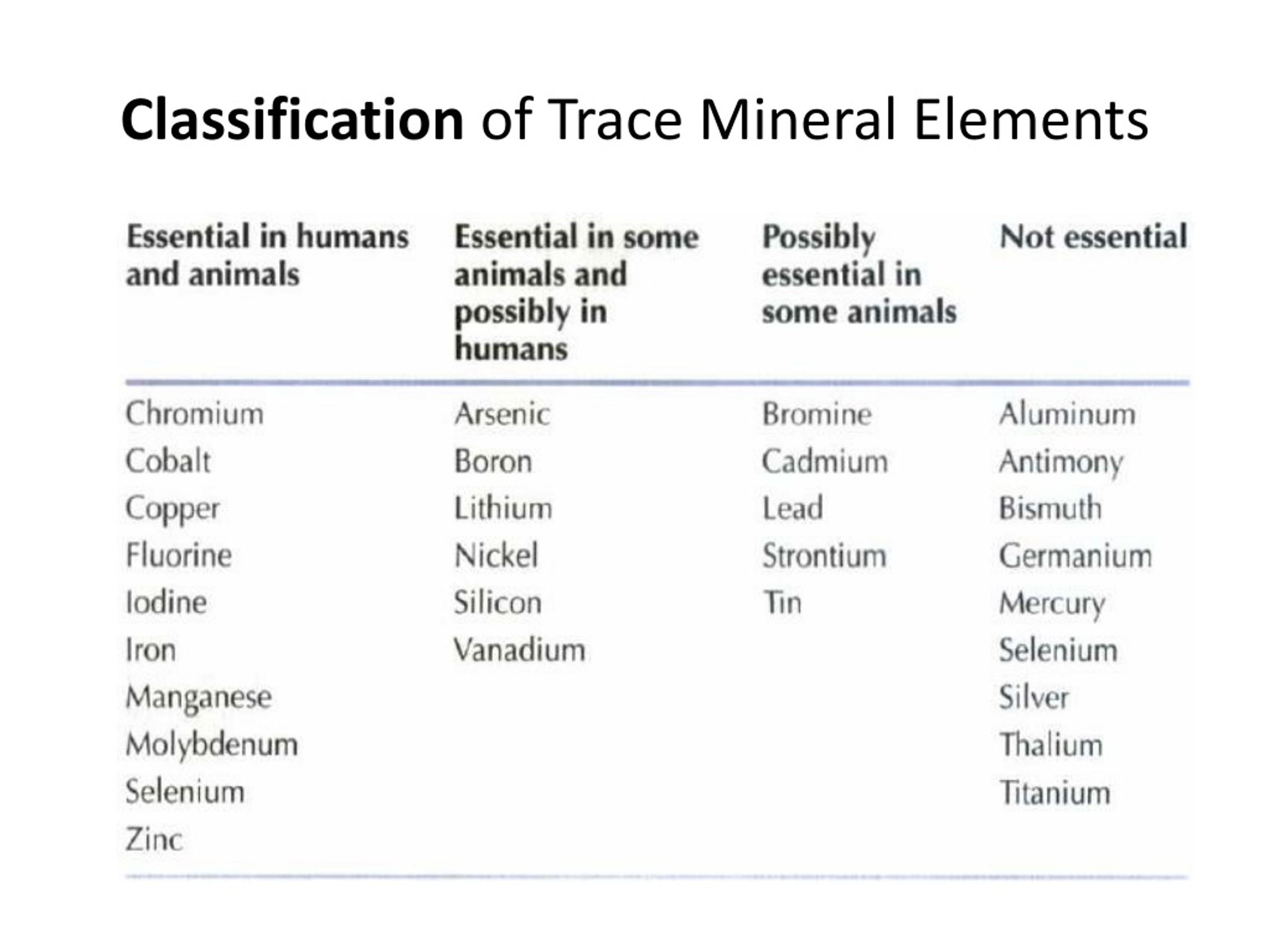
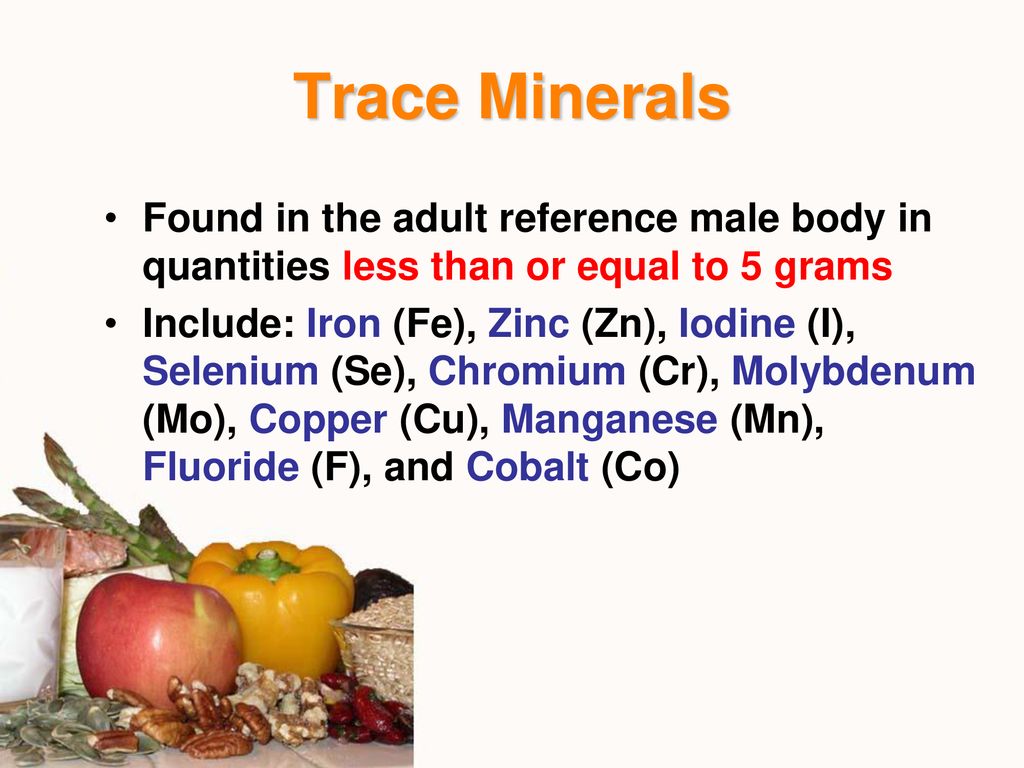
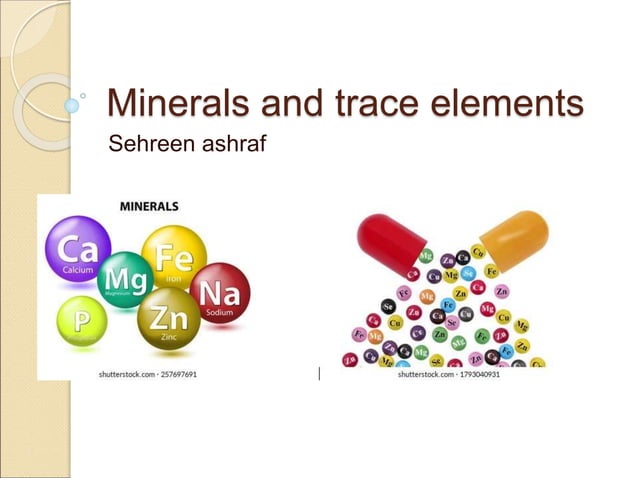

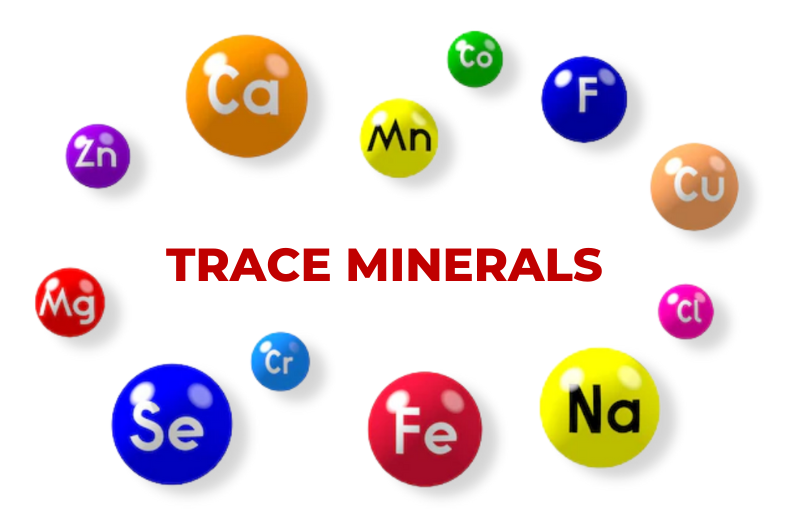
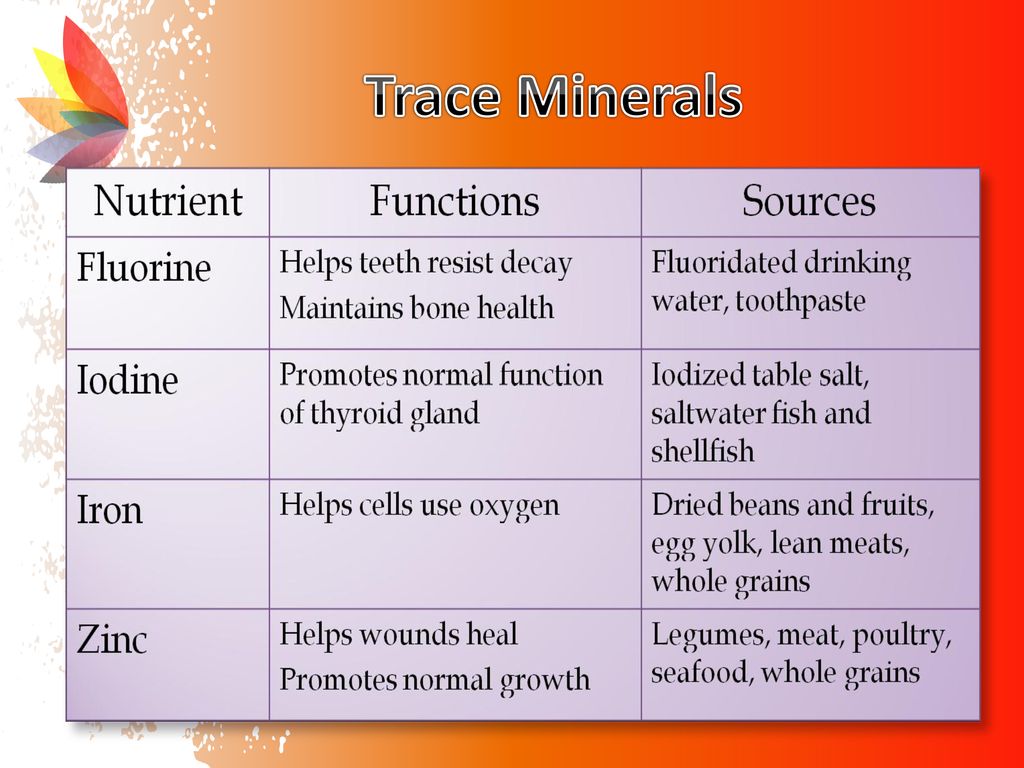
![Which Of The Following Is Not A Trace Mineral [ANSWERED] Which of the following accurately describes minerals O a](https://media.kunduz.com/media/sug-question-candidate/20230223212435561823-4870883.jpg?h=512)
